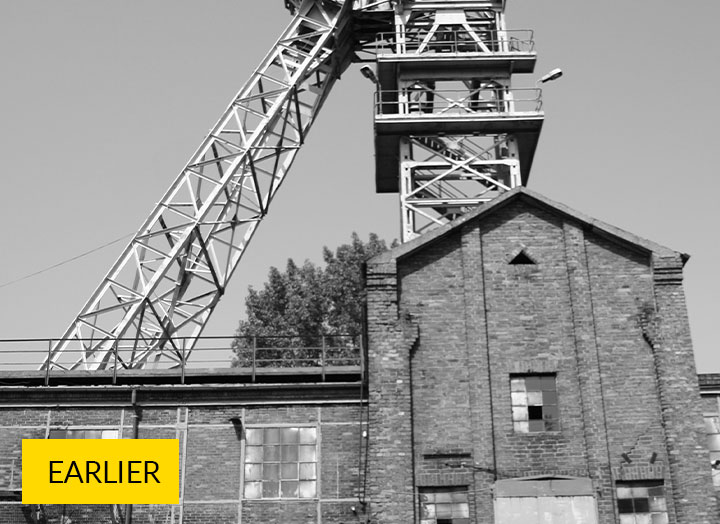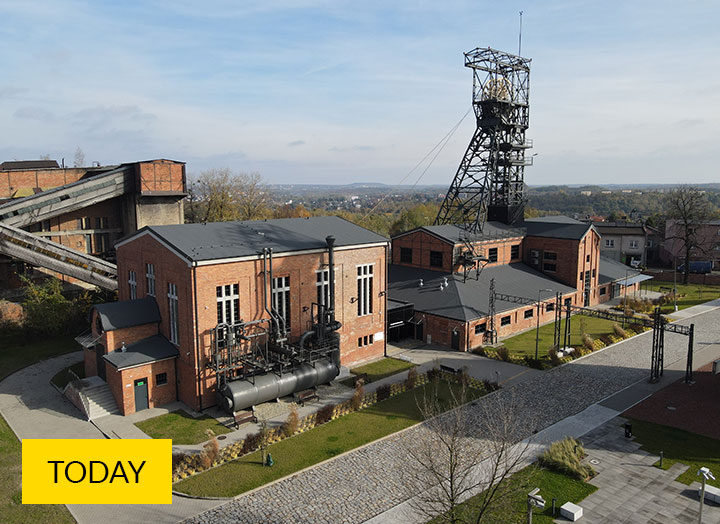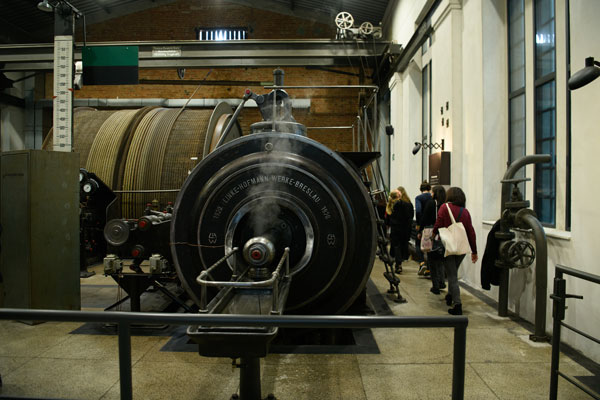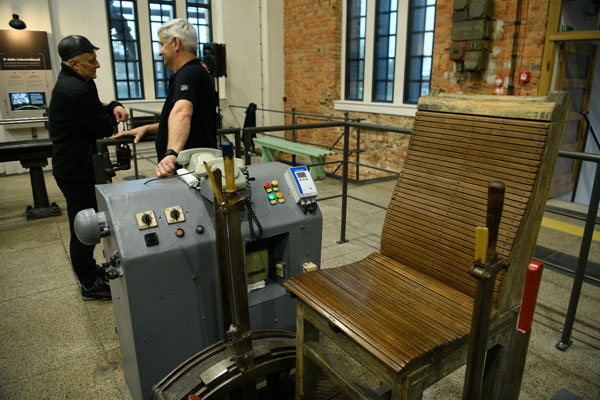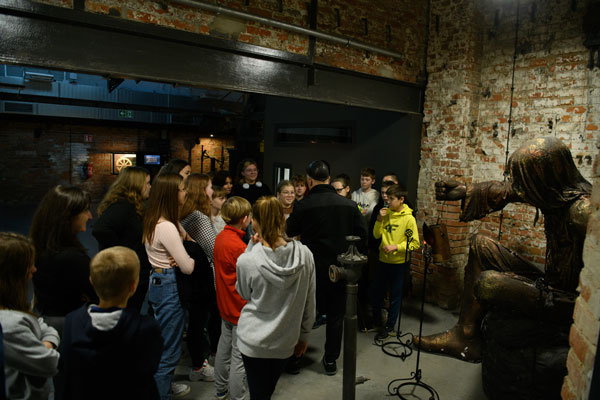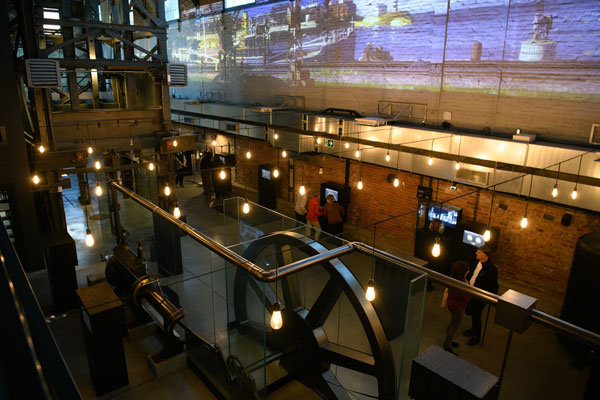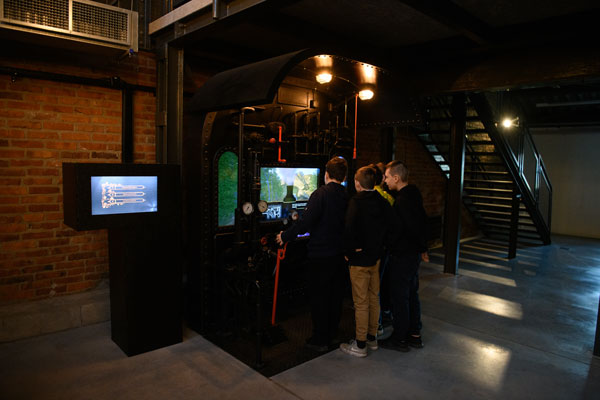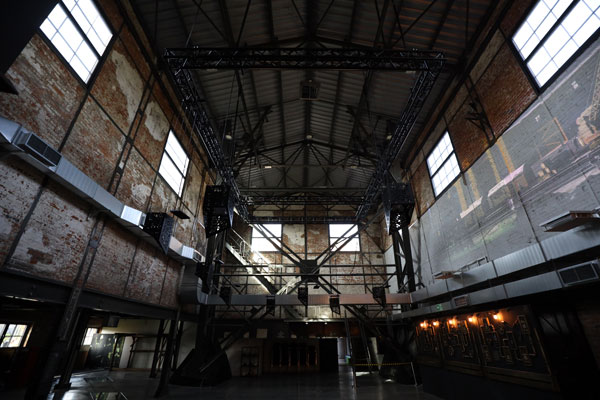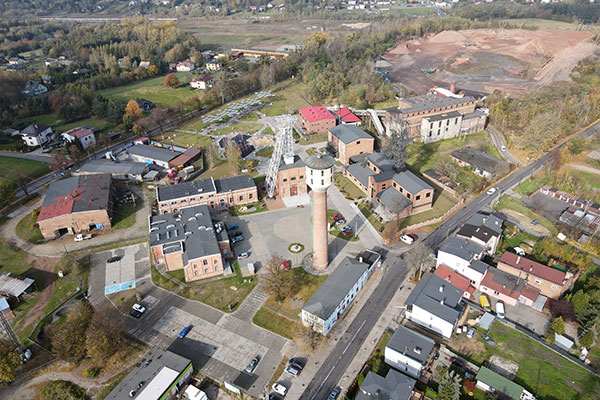Revitalization in full swing
“A spectacular example of the region’s industrial heritage saved from destruction.” “A jewel of industrial architecture”. “A center where you can discover history and experience it for yourself.” These are opinions of those who have already visited the revitalized Historic “Ignacy” Coal Mine in Niewiadom, Rybnik.
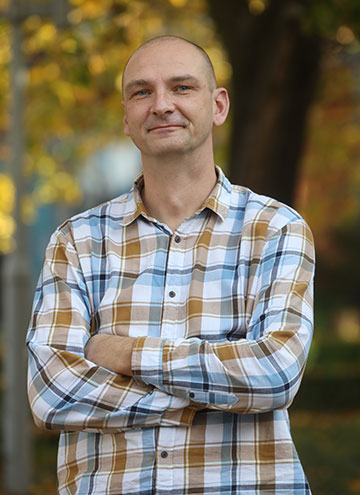
Bartłomiej Kozieł
Chief Specialist of the Development Department of Rybnik City Hall
There are few places left in Upper Silesia where we can touch the history of our region. The Historic “Ignacy” Coal Mine in Rybnik is certainly one of them. Founded in 1792 and operating in the Niewiadom until the mid-1990s, it is the oldest hard coal mine in the local area.
In recent years, it has been extensively rebuilt and perfectly revitalized. The works included the water tower, carpentry buildings, the compressor room and the engine room of the “Głowacki” shaft. A very important stage of the work was the modernization of the buildings of the pit head and the engine room of the “Kościuszko” shaft. The work, which lasted three years, yielded spectacular results. The renovated space now houses the popular multimedia “Age of Steam” science exhibition. It is dedicated to the steam engine and the first industrial revolution. It also includes an interactive discovery zone, a small center under the patronage of the Copernicus Science Center in Warsaw. Visitors can also take advantage of a view point, located in a former water tower, and a large recreational area with the industrial playground and Experience Garden.
The revitalization of the Historic “Ignacy” Coal Mine was one of the most important investments made in Rybnik in recent years. Today, it is a model example of restoring industrial heritage to residents. In the competition for the Best Developed Public Space 2022 organized by the Society of Polish Town Planners, the monument received the grand prize.
The facility is also one of the attractions of the popular Silesian Province’s Industrial Monuments Route. It was included in Europe’s largest network of monuments associated with the industrial era, becoming part of the ERIH European Route of Industrial Heritage.
Former mine workers and their families as well as residents who were not directly connected with the mine are now proud of their heritage. Thanks to the joint effort, the mine not only avoided the fate of other closed and forgotten plants, but has become a jewel of industrial architecture that wonderfully popularizes the industrial heritage of the land.
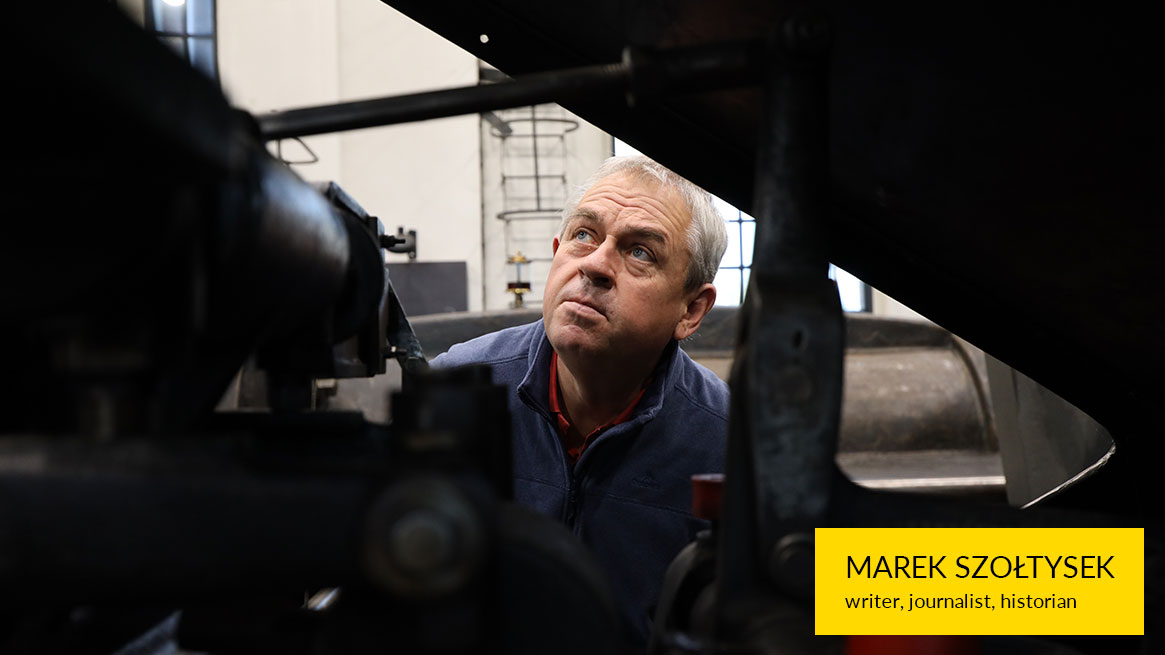
For many years, I was skeptical about converting post-industrial sites into museums. I believed that in Poland, and especially in our region, these processes were happening too fast, and that as a community we were not ready for them. The situation is different in Germany, England or France, where the transformation processes took place much earlier. I was also convinced that in Silesia, heavy industry had left too big a mark – mining damage, polluted environment – for residents to be interested in what was left after mines or steel mills closed. Meanwhile, it turned out that post-industrial heritage interests people. I am glad that I was wrong in my assessment.
We don’t have Romanesque buildings in the region like the French, Renaissance monuments like the Italians or Baroque constructions like the Austrians. Instead, we have mines, steel works, factories, and they are part of our identity. This is our cultural heritage, whether we want it or not. And it’s worth taking care of. Especially, since by giving them new functions, as it is happening in Rybnik, we not only save them from destruction, but also build a new quality of socio-economic environment. New jobs are being created, and the areas around such spaces are gaining in value. Renovated post-industrial facilities also attract numerous tourists.
On many occasions, I have had the opportunity to speak with former miners who are eager to return to their former workplace and are delighted with the changes that have been made. They appreciate the fact that these places are alive again. This is exactly the case in Rybnik Niewiadom. The entire complex has been brilliantly revitalized. Efforts were made to make the “Ignacy” Coal Mine a center of socio-cultural life. Converting the Kościuszko Shaft into the Steam Museum was a brilliant idea. I appreciate the involvement of the residents, who initiated these changes. I am glad that the city authorities have supported the efforts to save the mine and have reached for European Funds for this purpose. Upper Silesia, thanks to such investments, is becoming an attractive tourist region. We can all be proud of that.
Say it the Silesian way:

szaft:
shaft

karbidka:
mining lamp

szychta:
working shift
Project:
Modernization of the buildings of pit head and engine room of the Kościuszko shaft on the premises of the Historic “Ignacy” Mine in Rybnik for cultural purposes
Beneficiary: City of Rybnik
Project value: approx. 10.5 million PLN
RPO SV co-financing: approx. 4.4 million PLN
Implementation period: March 2018 - November 2019






